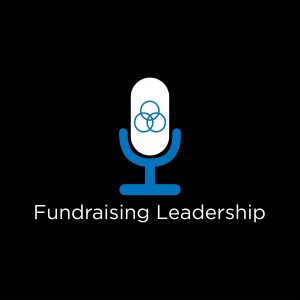
Taking on challenges: what goes into whether you say yes or no?
David and Margaret discussed their experiences with taking on challenges. They talk about how to evaluate their feasibility and impact.
Taking on Challenges: Jumping into Really Cold Water … and a Big Social Media Goal
David shared his experiences with taking on a personal life challenge: to get his black belt in jujitsu. To stay on track, he’s added cold plunging to his recovery regimen– which is an additional challenge.
Margaret discussed her challenge of posting on LinkedIn daily for 30 days. She has been at her desk at 7 a.m. at every day with her challenge group.
They both agreed that leaders tend to default to saying yes to challenges.
But is that always the best answer? It’s essential to consider the consequences.
Leaders Take on Challenges
David and Margaret agreed that leaders often take on challenges, and those challenges can vary greatly. David cites examples of significant leadership challenges taken on by leaders such as Mahatma Gandhi and Martin Luther King. On a smaller scale, nonprofit leaders face challenges that might include leading a nonprofit to delivering aid in a crisis to fundraising.
David emphasized the importance of leaders being comfortable with challenges.
In executive coaching, conversations about challenge are common — and can be effective. Sometimes saying yes to a challenge is what helps a client go beyond what they think is possible.
Challenges, Perception, and DISC Personality Traits
David shared a recent occasion when he challenged a client who wanted to reach out to someone. David’s challenge: pick up the phone instead of sending a note. It may seem like a big challenge or a little one, but it was an important growth space for the client to consider.
They also discussed the importance of considering the potential outcomes of a challenge before committing to it.
David may have an opportunity to serve on a non-profit board. Because his default is often yes, he is considering what to do. He hasn’t yet committed.
They also touched on the different personality traits associated with the DISC model. David noted that his high D energy often leads him to challenge himself and others. Margaret, a high I, tends to focus on big ideas and completion can be her challenge. They discussed the challenges faced by individuals with different DISC traits, such as the need for action for an S and the need for more data for an C.
Embracing Challenges for Personal and Professional Growth
What might a coach see that inspires them to challenge a client? It’s not just for the sake of stepping out of a comfort zone. The discomfort of a coaching challenge is in service of leadership growth.
Some examples of when David and Margaret (as coaches) might challenge a client:
- To complete a task that will help stretch this client in their growth as a leader or a person
- To try something they aren’t yet good at for the sake of building more skill
- To step up where a client might be holding back
A challenging task is essential for progress — even if it is uncomfortable or even if it doesn’t go well.
When challenging oneself, it’s crucial to not be 100% attached to the results of the challenge.
Embracing Challenges for Personal Growth and Resilience
David recounted his experience of gradually increasing his time during cold plunges. He initially started with 3 minutes and is now up to 4 minutes. He believes that while the cold water is uncomfortable, it will ultimately lead to personal growth and help him with his black belt.
Margaret agreed, sharing her experience of persevering through a challenge of using LinkedIn every day.
They encourage listeners to identify: where are you playing small? Where might you be willing to take some risk?
Please contact David, Margaret or Michelle if you’d like some support around challenging yourself.